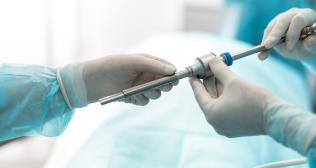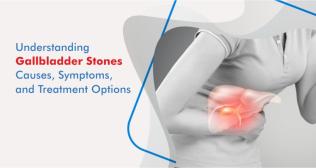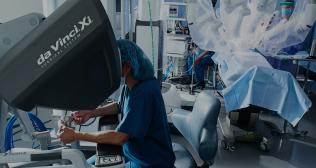
Shedding light on how does Anaesthesia work!
In the domain of modern medicine, anaesthesia is a foundation which has transformed the surgical landscape. In India, where the epidemiology of diseases requiring surgical intervention is considerable, the role of anaesthesia is particularly critical, underscoring the imperative need for increasing awareness about the significance of Anaesthesia.
Read more to understand what exactly Anaesthesia is and how does it work:
What is Anaesthesia?
Anaesthesia refers to the utilization of medications to prevent pain during procedures such as surgery, biopsies, and dental work. Depending on the type of pain relief required, anaesthesiologists can administer anaesthetics through various methods:
- Gas that the patient breathes in through a mask covering the mouth and nose.
- Intravenous line with a needle inserted into a vein, providing direct access to the bloodstream.
- A catheter (thin tube) inserted into the space exterior to the spinal cord or surrounding peripheral nerves.
- Anaesthesia injection into a body organ with a needle and syringe
- Topical formulations such as lotion
- Ophthalmic anaesthetics such as Eye drops
- Anaesthetic skin patch
What are the distinct types of Anaesthesia?
The type of anaesthesia, an individual gets will rely on the type of surgery and individual’s medical condition. The diverse types of Anaesthesia include the following:
General anaesthesia affect the full body, making patients unconscious and immobile. Anaesthesiologists will give general anaesthesia for complicated surgeries involving internal organs or other invasive or arduous procedures, such as back surgery. These anaesthetics are administered either through an intravenous line or as an inhaled gas.
Local anaesthesia is an anaesthetic agent given to temporarily pause the sense of pain in a particular portion of the body. Individuals remain conscious when local anaesthesia is administered. For minor surgery, local anaesthesia can be administered through injection to the site or allowed to absorb into the skin. However, when a large area requires to be numbed, or if a local anaesthetic injection will not penetrate deep enough, healthcare providers may utilize other forms of anaesthesia.
Regional anaesthesia is utilized to numb only the body part which will undergo the surgery. Usually, an injection of local anaesthetic is administered in the area of nerves that provide feeling to that body part. There are various forms of regional anaesthetics:
Spinal anaesthetic: It is achieved by administering local anaesthetics into the cerebrospinal fluid (CSF). Utilized for lower abdominal, pelvic, rectal, or lower extremity surgery.
Epidural anaesthetic: It is prominently utilized for surgery of the lower limbs and during labour as well as childbirth. This form of anaesthesia involves continuously infusing an anaesthetic medication through a thin catheter (hollow tube). The hollow tube is placed into the space that surrounds the spinal cord in the lower back, causing numbness in the lower body part.
What researchers know about how Anaesthesia works?
Anaesthesia averts the feeling of pain by prohibiting nerves from transmitting signals to the brain. Researchers don’t know exactly how all forms of anaesthetics work, but they do know that few anesthetics block pain by:
- Modifying neurotransmitter release
Neurotransmitter are the chemical messengers which transmit signals between neurons. They can cause signal transmission (excitatory) or block signal transmission (inhibitory). Certain general anaesthetics cause the secretion of inhibitory neurotransmitters while others block the release of excitatory neurotransmitters to decrease the activation of neurons. - Modifying the activity of ion channel proteins
Normally, ion channel proteins pass ions through nerve plasma membranes to transmit signals. General and local anesthetics which work in this manner restrict ion passage to block signal transmission.
For instance, Propofol is becoming the intravenous anesthetic of choice for outpatient surgery. Studies suggest mode of action involves a positive modulation of the inhibitory function of the neurotransmitter gamma-aminobutyric acid (GABA) through GABAA receptors.
Side effects of Anaesthesia
Anaesthetics comprise of several medicines which can produce side effects in a few people. Anesthetists will inform regarding any side effects a patient may experience after having a particular type of anaesthetic and measures that will be taken to decrease these.
Some prominent side effects that can happen after a general anaesthetic or certain regional anaesthetics include:
- Feeling unwell
- Dizziness
- Feeling cold
- Throbbing pain in the head
- Itchiness
- Bruising and soreness
- Difficulty urinating
On experiencing any of the above symptoms, seek medical attention.
In a nutshell, anaesthesia is one of the amazing discoveries of modern medicine which made operations painless for patients.



















